Home Radon Testing Experts
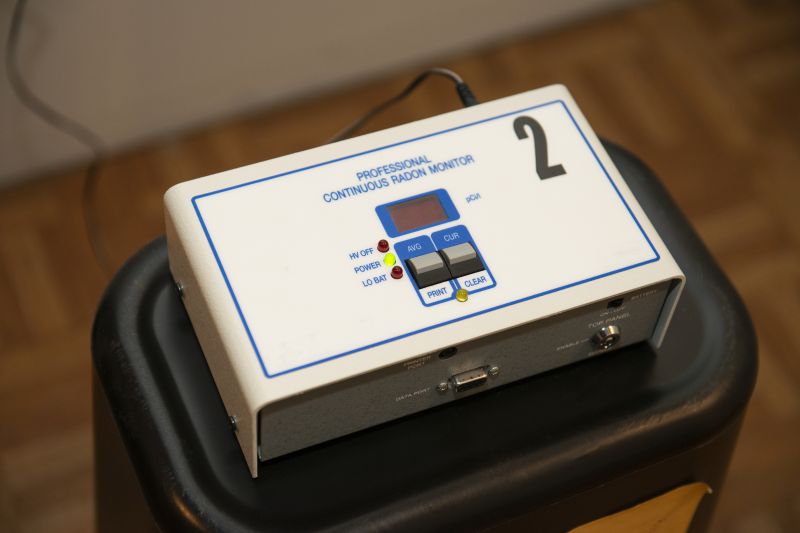
High-quality testing devices are used to accurately measure radon levels within residential and commercial properties.
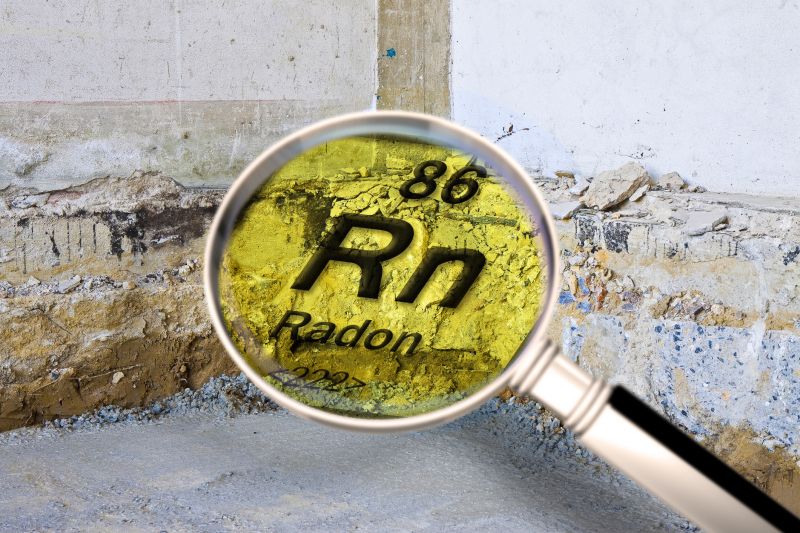
Trained professionals conduct thorough assessments to identify radon concentrations and potential entry points.

Visual documentation of completed inspections showcases the meticulous approach taken to ensure safety.
Radon is a naturally occurring radioactive gas that can accumulate indoors, posing health risks over prolonged exposure. It is colorless, odorless, and tasteless, making detection through testing essential. Studies indicate that radon exposure is a leading cause of lung cancer among non-smokers, emphasizing the importance of regular inspections in residential and commercial buildings. Proper radon testing can identify elevated levels before they become a health concern, enabling timely mitigation measures.
The process of radon inspection typically involves placing testing devices in key areas of a property, such as basements and ground floors, for a specified period. Professional inspectors ensure that devices are correctly positioned and calibrated to provide accurate readings. The inspection duration can vary from a few hours to several days, depending on the testing method used. Once the testing period concludes, a detailed report is provided, outlining radon levels and recommendations if elevated concentrations are detected.
Radon inspections generally take between 2 to 4 hours, depending on the size of the property and testing method.
Experienced inspectors ensure proper placement and calibration of testing devices, resulting in reliable results and accurate assessments.
Routine radon inspections help maintain a safe indoor environment and prevent long-term health issues related to radon exposure.
Visual evidence of completed inspections can include photos of testing devices in place, documentation of test results, and images of the inspection process. These visuals help illustrate the thoroughness and professionalism involved in radon testing. Proper documentation is essential for property records, especially during real estate transactions or when planning mitigation solutions.
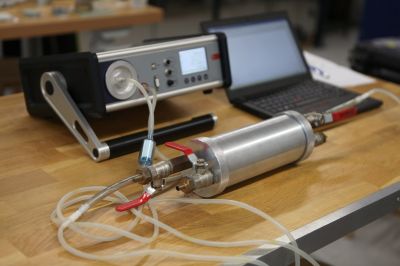
Devices used to measure radon levels are strategically placed throughout the property to ensure comprehensive assessment.
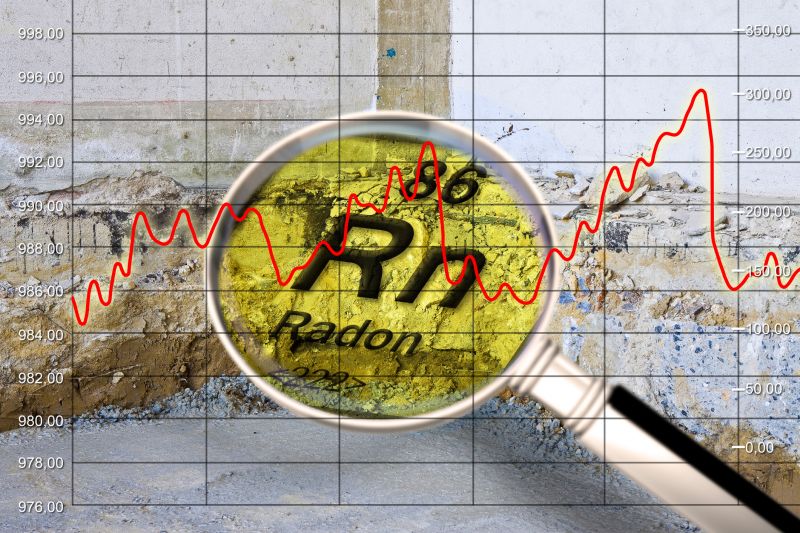
Preparation involves selecting optimal locations and securing testing devices to obtain accurate readings.
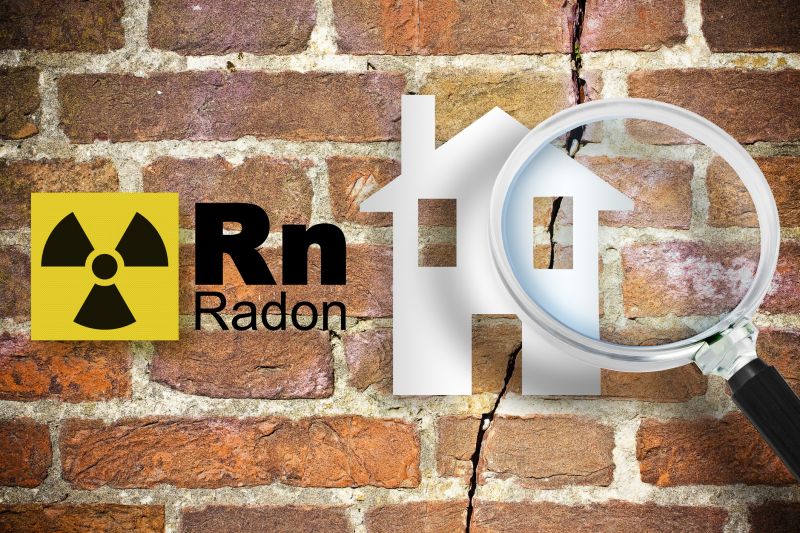
Final reports and photos confirm the completion and thoroughness of the radon inspection process.
Following a radon inspection, property owners can determine if mitigation measures are necessary to reduce indoor radon levels. Installing venting systems or sealing entry points can significantly lower radon concentrations, improving indoor air quality. Regular inspections and maintenance ensure that radon levels remain within safe limits, protecting occupants' health.
For those interested in scheduling a radon inspection or obtaining a detailed quote, filling out the contact form provides a straightforward way to initiate the process. Professional inspectors are available to assess properties efficiently and provide comprehensive reports to support health and safety decisions.
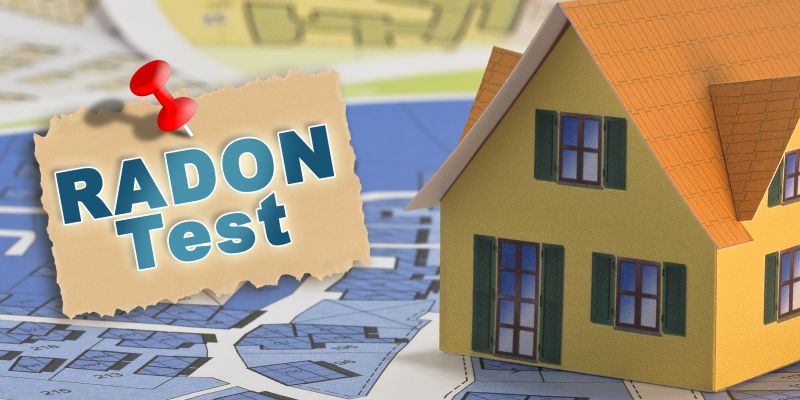
Photograph of a property showing the testing devices and inspection setup after completion.

Installation of mitigation systems to reduce radon levels within a building.
To ensure a safe indoor environment and peace of mind, contact professionals to arrange a thorough radon inspection. Accurate testing and timely intervention can help prevent health issues associated with radon exposure and maintain a healthy living or working space.
